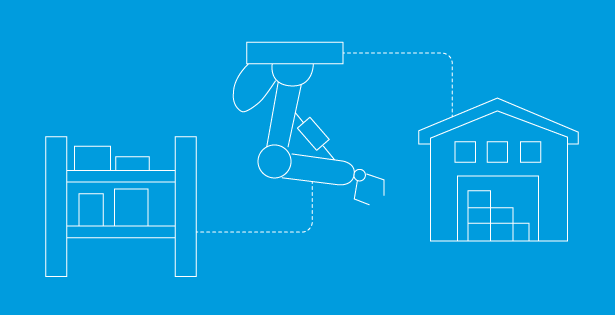
With over 25 years of experience in ERP implementations—primarily on the client side—I’ve gained invaluable insights. Now, after spending years on the consulting side, I want to share my top ten ERP implementation tips for anyone embarking on an ERP implementation journey.
1. Embrace the Complexity
Switching systems is inherently intricate. The most challenging edge cases often take the most time to resolve. Always ask “why” your team follows certain procedures and stay open to revising outdated policies. Encourage cross-functional collaboration for the best results.
2. Understand Your Team’s Workload
Your internal team will need to balance their day-to-day responsibilities with the demands of the ERP project. Unlike the ERP team, whose sole focus is implementation, your staff needs dedicated time to support the project. Consider bringing in external resources to alleviate their daily duties. Also, plan your go-live around busy periods such as annual audits, acquisitions, and other strategic initiatives.
3. Don’t Rush the Process
Rushing an implementation can derail change management efforts. Training and user testing are typically the first things sacrificed under tight deadlines. Allow time for your team to learn and adapt to ensure long-term success.
4. Get Your Team Involved Early
Engage your entire team from the beginning. Many costly, last-minute changes can be avoided by including staff in the early stages of requirements gathering and solution design. Over-communication throughout the process is crucial.
5. Prioritize ROI in Phase 2
Post-go-live features and modules can be expensive, but they should be evaluated based on their return on investment. For example, a $30K feature that saves $100K annually or a $12K module that improves cash flow by $500K is worth the spend.
6. Celebrate Small Wins
Even minor improvements—like eliminating extra mouse clicks—can have a major impact on efficiency. A few months after go-live, ask your team what changes they need. Listening to their feedback and optimizing the system accordingly will build trust and increase adoption.
7. Reduce Excel Dependency
If your team still leans heavily on Excel after go-live, it’s a sign the system isn’t fully optimized. Users often revert to familiar processes instead of leveraging dashboards and built-in tools. Identify these habits and dedicate time to address them. You’ll find quick wins with lasting impact.
8. Engage Your Critics
The loudest critics of the old system will likely be the most vocal about the new one, too. But that passion is valuable. Involve them early and often—their insights can drive major improvements in efficiency and automation.
9. Standardize Where Possible
If your new system doesn’t support certain legacy processes, consider aligning with industry standards. The phrase “We can’t be the only company doing things this way” often signals the need to adapt.
10. Clarify Implementation Scope
Choosing the cheapest implementation partner can backfire. Make sure you’re not inadvertently signing up for a DIY approach. Review the scope of work thoroughly to ensure it includes necessary support for configuration, data migration, and end-user training. Misunderstandings here often lead to unexpected change orders, project delays, and even failed implementations.
With over two decades of ERP experience, I’ve learned that successful implementations rely on thorough planning, strategic pacing, and continuous optimization. Engage your team, don’t rush, and remember: true change management goes far beyond installing new software. If you have any questions, are looking for other ERP implementation tips, or want to reach out please contact our team here.

 RSMUS.com
RSMUS.com



